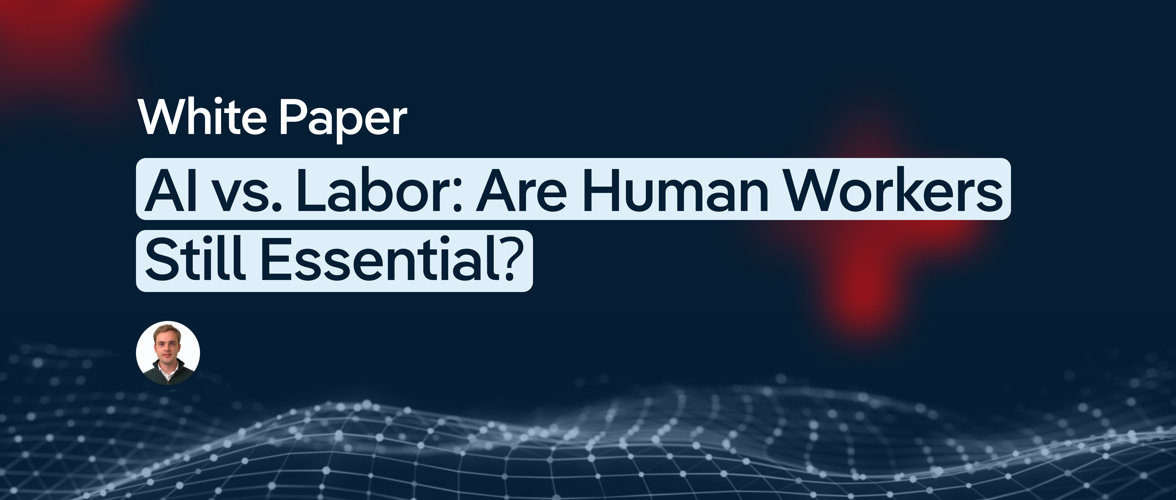Key Takeaways
- Cash management customers are typically a bank's most profitable clients due to their low-interest rate sensitivity, long-lasting balances, and fee income generation potential.
- Cash flow stability and the number of payments processed are two key factors influencing cash management profitability.
- To maximize your highly profitable clientele, bankers can use data to identify target industries that align with their ideal size, geography, and product offerings.
When it comes to banking, not all customers are created equal. Some customers are more profitable than others, and if you are out to build a more profitable bank, it pays to have a tactical plan to go after more profitable customers. The treasury or cash management customer is usually a bank’s most profitable customer on a risk-adjusted basis.
In this article, we discuss cash management profitability and rank the most profitable industries for banks to go after.
Putting cash management in context
It is no surprise that what makes a good cash management customer is a good deposit customer. We ranked the Top 20 Deposit-Rich Industries. However, that is not purely the case. For starters, a customer may carry large balances but not generate franchise value if those balances are all in high-paying money market accounts or are highly volatile.
The value driver in cash management is that it is usually some sort of operating account at the bank. As such, operating accounts have low-interest rate sensitivity. Low-interest rate sensitivity equates to a higher liability duration and often positive convexity so that balances go up as rates go up – the exact tandem that a bank wants. Almost equally important is when a customer cares about cash management, balances tend to stick around longer, and lifetime value increases.
Cash flow stability is also a factor in cash management profitability. The more stable the day-to-day and the month-to-month cash flow is, the longer duration the account is and the more confidence a bank can have to invest those funds for a longer period. An account that maintains a stable $5M is more valuable than an account that fluctuates from $0 to $25M in any given month, all else being equal.
Finally, there is the fee piece. An average cash management customer generates about $13k of fee income, while a good cash management customer can generate $300k or more per year. As you can see in the chart below, one major marker of cash management profitability is payments. The more transactions processed, the more fee income that is generated and the higher balances that are left on deposit. ACH, Wire, real-time payments (RTP), and FedNow (as of July) alone drive almost 40% of the total cash management fee income at a bank. Thus, if there is one thing you want to know when prioritizing cash management sales leads, it’s the number of payments sent and received.

How cash flow stability impacts profitability
Let’s explore the concept of fee generation and balance stability one level deeper, as it makes a difference in how you target, manage, and price customers when it comes to cash management.
Take the two clients outlined below. Both clients have about the same average balance, and both clients are highly profitable. However, these are two different clients, and it merits a proactive choice by the bank of which of these two clients you should pursue.
As can be seen below, Client 2, because of the nature of their industry, has much greater variability in their cash flow. Client 1 builds balances as rates increase, while Client 2 is negatively impacted by rates. As mentioned before, all things being equal, Client 1 is almost twice as profitable as Client 2 based on balances alone.
Of course, all things are rarely equal. Client 2 needs cash management, particularly payment services. As such, payments generate more fees. More importantly, the customer is more service-sensitive and has more engagement with the bank. Between the two customers, Client 2 is much less likely to require a higher interest rate in one of its accounts.
The takeaway here is that Client 1 has simpler cash management needs and is better for a bank without a robust cash management platform. Client 2 may be perfect for a bank highly committed to cash management and one that can support a certain service level and payment capabilities. In reality, if priced correctly, Client 2 has a lifetime customer value of about 30% more than Client 1.

What industries should you target?
Banks should be proactive in what industries they should target. Banks need to find the intersection of three circles:
- What profitable clients are available to the bank due to size, geography, and product set?
- What client does the bank want and can service?
- What clients want the bank and are likely to move to your bank?
Finding this intersection is the key to the efficient use of sales and marketing resources. This is where IBISWorld comes in handy for setting bank strategy as you can look up any of the below industries to see their geographical dispersion. For example, if you are a bank in California, Florida, New York, or Pennsylvania, going after private schools, colleges, or insurance companies should be considered due to not only the large number of target institutions but also the size of those institutions, which lends itself to having multiple banks.
Once you have an idea of the type of customers that you want and that they might want you, you can use the following list to target those customers with above-average profitability.
If you remove financial institutions, municipalities, and e-commerce companies (all these organizations are highly cash management profitable), the following are the top 25 most profitable cash management industries based on balances, deposit performance, and fee income generation. We have also included the IBISWorld 2024 risk ratings to provide some context for the credit and operating risk of the counterparty.

What profitable cash management accounts want
A recent survey by GTreasury found that 70% of treasury departments have five or fewer team members. As such, chief financial officers (CFOs) cited reducing overall business costs as the most critical strategic objective (49%). For these teams, access to technology emerged as a clear area of interest for achieving operational efficiency. These businesses need help with cash flow forecasting and need a banking platform with a wide variety of services coupled with superior service.
In the survey (below), respondents were asked what they needed in a treasury management relationship. Many CFOs and treasurers identify access to a “full-service” treasury platform as a major objective, with AR/AP support, financial planning/analysis (FP&A), and instant payments as top priorities. In terms of payments, 82% of companies deemed payment automation as extremely important. Electronic payments ranked as one of the top three areas of planned technology investment, along with banking transaction integration and improved enterprise resource planning (ERP) systems.

Want more information about cash management?
If you’re ready to start the discussion about improving your cash management profitability and capabilities, SouthState Bank can help.
Start the process today by taking this 20-minute survey.
To learn how your institution can gain access to the industry data and risk ratings provided by IBISWorld, submit your membership inquiry or free demo request form today.
This article was originally published by SouthState Bank. You can find the original version on their website.









